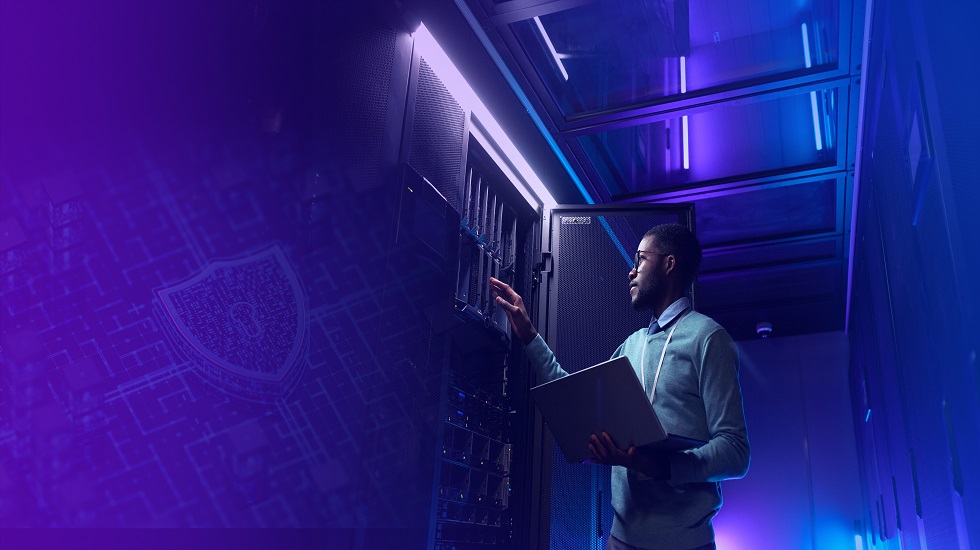Accelerating ATOs with the new cybersecurity risk management construct
Cumbersome and slow is not a requirement of compliance. Adaptable, dynamic, and flexible compliance can be a reality.

The Department of War’s (DoW) new cybersecurity risk management construct (CSRMC) is designed to improve the process of obtaining an authority to operate (ATO) technologies that empower our warfighters by verifying that they meet strict cybersecurity standards. It’s a major update to the risk management framework (RMF) processes that had made obtaining an ATO a burdensome and time-consuming effort. It marks a pivotal shift in how cyber risk is managed, transitioning from static, manual, checklist-driven assessments to a more dynamic, automated, and continuous approach.
The CSRMC re-focuses the RMF on security and mission effectiveness rather than on compliance. This is as much a cultural change as it is a process or technology one. Many security officers and assessors had become conditioned to execute RMF steps as a procedural exercise, often without considering the actual security value those steps provide. The CSRMC formalizes the transition from static compliance to dynamic, risk-informed decision-making.
In this paper, we describe the impact of the CSRMC on the development, release, and continuous operation of technologies at the DoW. It includes specific use cases that describe how artificial intelligence (AI) can help anticipate threats before they reach production, quantify risk to guide investment, and continuously validate controls in production environments—and realize CSRMC principles at scale.
Dive into our thinking
From burden to battlefield: Accelerating ATOs with the new cybersecurity risk management construct
Cumbersome and slow is not a requirement of compliance. Adaptable, dynamic, and flexible compliance can be a reality.
Download PDFExplore more

Goodbye, SOAR/SecOps? Hello, CIAO!
Artificial intelligence (AI) is transforming cybersecurity from a semi-reactive organization to a more proactive force

Successful zero-trust transformation in government
Seven key lessons

Falling behind on zero trust
Five things you can do to help get back on track

Zero trust microsegmentation
Visualizing security through a mission-first lens

Deliver a secure digital experience every time
Learn real-world applications governments can use to deliver on their responsibility to secure data and assets from idea through delivery
Want to receive the latest government insights?
Opt-in today and be the first to receive the latest industry updates from KPMG
Meet our team
